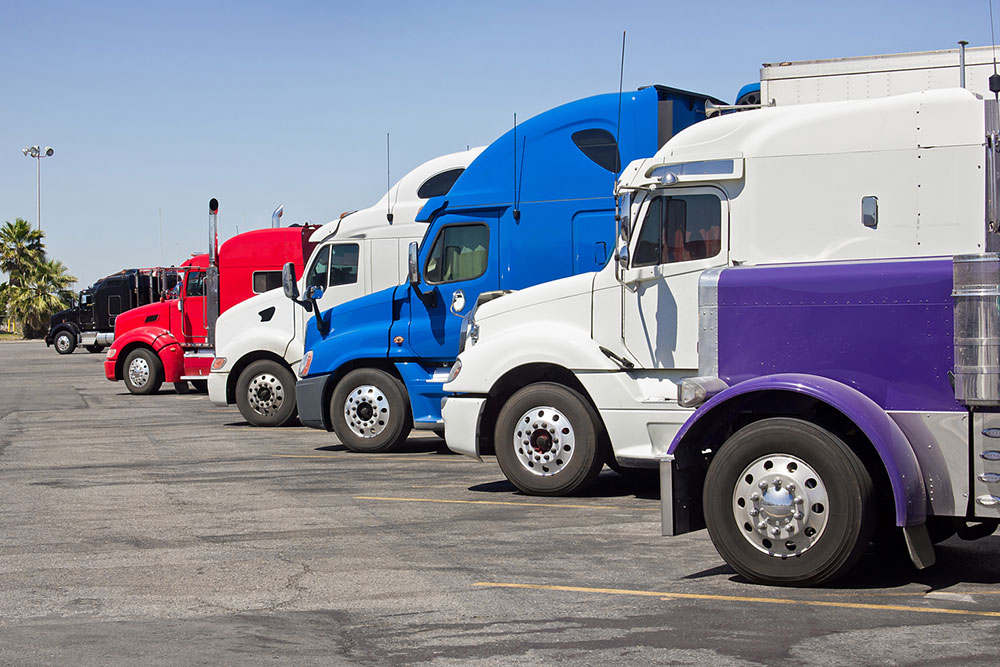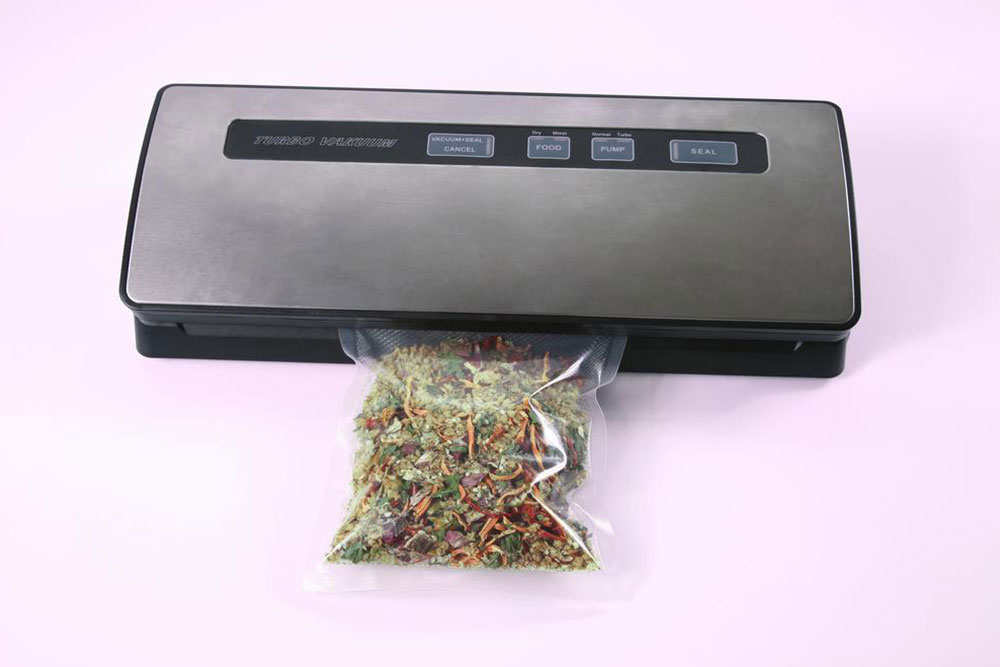Mobile Food Vendors: Key Features, Investment Costs, Popular Models, and Financing Tips
Discover essential insights into mobile food vendors, including features, costs, popular models, and financing options to start your successful food truck business. This guide helps entrepreneurs navigate the industry with expert tips on customization, investment, and maximizing profitability for mobile culinary ventures.

Mobile food vendors have become a staple in cityscapes, providing a range of tasty options on the move. These culinary carts and trucks attract customers with their convenience, variety, and flexibility. Here's an overview to help you understand the essentials of operating a mobile food business:
Features of Mobile Food Units
When starting a mobile food enterprise, it's important to recognize what differentiates these units and makes them a practical choice. Looking for "food trucks near me" is a good first step. Key features include:
Mobility: These units are designed to be portable, enabling owners to switch locations and participate in events, maximizing reach and sales.
Design Flexibility: Offered in various sizes and configurations, mobile food units can be customized, allowing brands to stand out visually and functionally.
Menu Diversity: Known for their versatility, these vehicles can serve everything from gourmet sandwiches to vegan treats and desserts, catering to diverse tastes.
Cost-Effective Operation: Compared to traditional brick-and-mortar restaurants, these units are less expensive to buy and run, making them attractive to new entrepreneurs seeking lower initial investments.
Investment Costs
Understanding the investment required is crucial when purchasing a mobile food unit, as prices vary based on several factors:
Size & Equipment: Larger units with extensive cooking and storage facilities tend to cost more, depending on menu needs.
Condition: New units cost more than used ones; however, used options might need inspections for safety and compliance.
Customization: Branding, interior design, and added features can increase costs, allowing for unique branding.
Location & Market Demand: Prices can fluctuate based on your region's market, with higher demand regions having higher prices.
Popular Models
Selecting the right model aligns with your business goals and menu offerings. Common choices include:
Step Van: Widely used for its spacious interior, suitable for a full kitchen setup.
Concession Trailer: Attachable to vehicles, offering sizable cooking, storage, and serving spaces.
Food Cart: Smaller and maneuverable, ideal for quick-service items like hot dogs or ice cream.
Buses Converted into Food Trucks: Unique, eye-catching options that provide a distinctive dining experience.
After choosing your model, securing financing is vital. Here are some options:
Government Grants: Some regions offer grants and incentives to support small food business startups.
Crowdfunding: Platforms like Kickstarter can help raise funds from supporters who believe in your concept.
Specialized Loans: Finance companies focusing on food trucks provide tailored loan options.
Personal Savings & Investments: Many entrepreneurs fund their ventures through personal funds or contributions from family and friends, though it involves personal financial risk.
With the right research into features, costs, models, and financing, you can turn your food truck idea into a successful business. Embracing mobility, customization, and diverse menus allows you to meet customer demands and pursue your entrepreneurial passion with confidence. Careful planning ensures your mobile food venture thrives in the competitive landscape.









